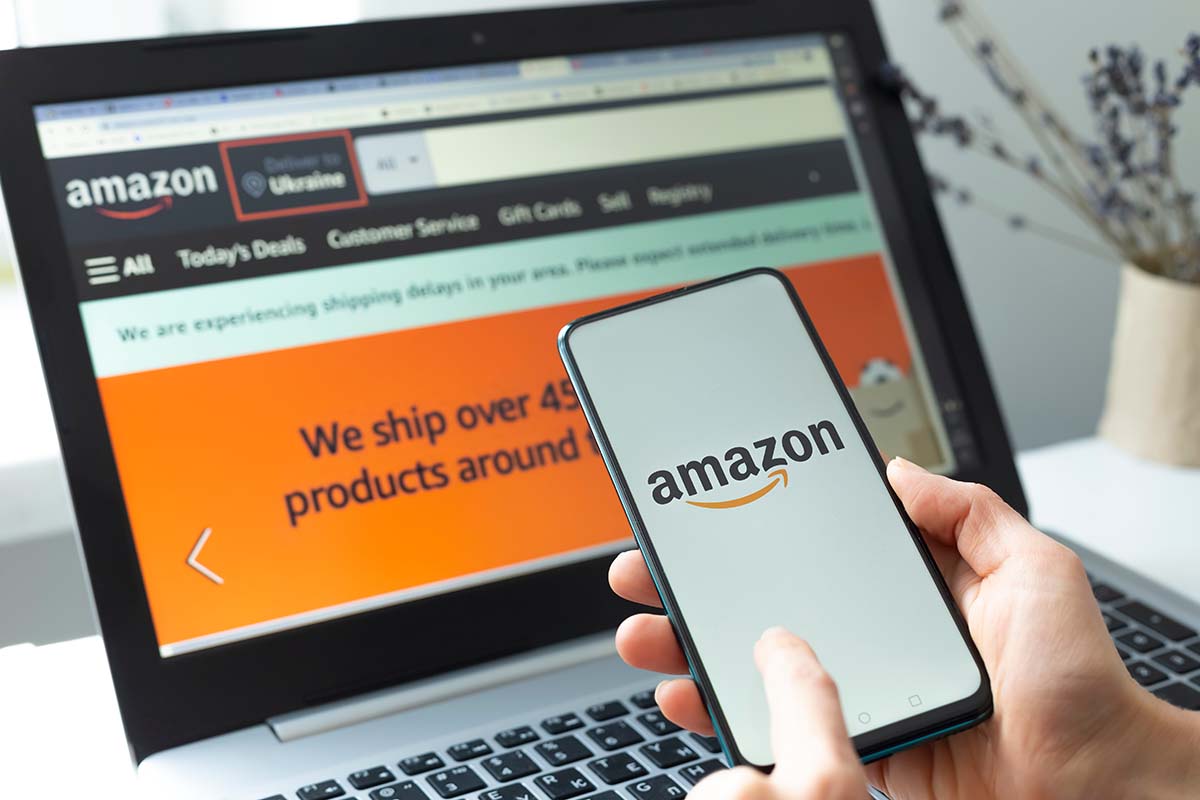Social media has become an essential marketing tool for growing your business’ reach and reputation. However, another one of social media’s goals, like other marketing, is to convert that attention into sales. One of the best tools for accomplishing that is ‘Social Commerce’, where products are sold directly on social media. We’ll explain what social commerce is and how you can leverage social media to drive sales.
What is Social Commerce?
Social commerce is selling products directly through a social media platform. Product discovery, selection, and checkout all occur on the platform rather than redirecting individuals to your own store. It’s a service that is now available on most major social media platforms, including Instagram, Facebook, and TikTok. For all three, you create product listings that appear in a shop on your account. Users can then browse and order products directly through the app. In exchange for offering the service, the platform takes a percentage of the sale as a fee.
The Benefits of Social Commerce
Social commerce is different from eCommerce which happens on a business’ own dedicated website or online store. As a result, you have slightly less control over the presentation, and it requires creating a store dedicated to the platform. However, there are clear benefits to using social commerce to drive sales.
People Use Social Media to Shop
Over 80% of users research products using social media and nearly half of both Millennials and Gen Z are already making purchases on social media. Social commerce immediately drives sales because you provide a shopping experience for these many users precisely when they are actively searching for or considering products.
A Seamless Shopping Experience
That immediacy and convenience also translate into an effective shopping experience that helps further drive sales. Social commerce provides the opportunity for a potential customer to immediately purchase upon discovering a product they like. This creates a more streamlined shopping experience. Rather than leaving the app, navigating to the product on your digital store, adding it to their cart, and filling in their information to complete their purchase, the user can immediately checkout and continue their browsing. The eCommerce checkout can be a moment where carts are abandoned and sales lost. The speedy and seamless shopping experience of social commerce means there are fewer chances to lose the customer’s attention and that purchase.
A More Thorough Representation of Your Business on Social
Another benefit of social commerce is that you can better showcase the products that your company provides on social media. You could make posts for every product you sell, and you should highlight new items, but these inherently move down the feed as time progresses. Those ever-drifting posts aren’t an effective way to continuously show off your entire catalogue. Instead, the dedicated storefront of a social commerce space on your profile allows social media users to conveniently get a better sense of your products and services without needing to leave the app.
Shopping That Reaches Your Audience
Social media platforms have an incredible amount of user data at their disposal. With social commerce, you can use that data to promote specific products to those whom the platform knows to have certain interests. Because of the wealth of data available, these product suggestions can be highly specific. For example, one product might suit a certain demographic like men in their 40s, while another suits young adult women. Each can be selectively targeted on social commerce to users in those demographics. Specific product suggestions of this specificity on your own eCommerce store need a shopping history and will take time to generate. Social commerce allows you to specifically tailor such suggestions and promotions from the start.
Social Commerce Isn’t the End of eCommerce
Social commerce has clear benefits for driving sales, but it doesn’t replace eCommerce and having a dedicated digital store and website. It’s an addition and effective supplement to your eCommerce strategy. Ultimately, the goal is to drive sales away from social media platforms, which take a 2-5% cut, to shopping and browsing on your own digital storefront. There customers can browse and better familiarize themselves with your products in a space that is exclusively dedicated to them. Social commerce’s strength is in getting new customers as they are generally browsing and securing that initial sale. That sale then converts someone into a dedicated customer when they understand the quality of your products.
Making the Most of Social Commerce
Social commerce’s ability to convert and drive sales lies in the shopping convenience it creates for those actively browsing. It’s a valuable tool for attracting and recapturing dedicated customers. If you think social commerce is part of your next social media strategy, contact us at Rosewood. We’ll be happy to help you expand your eCommerce horizons.



